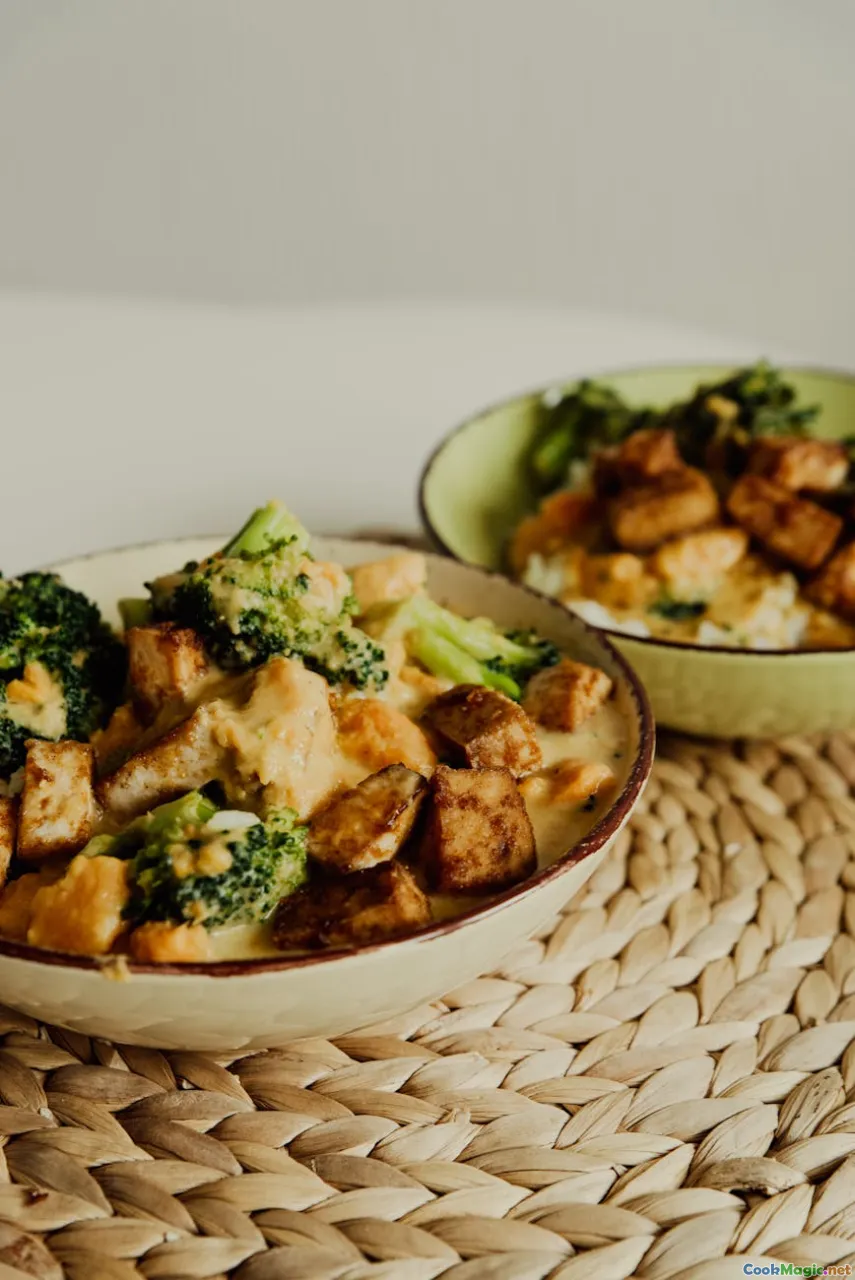The Versatility of Rice in International Dishes
5 min read Discover the diverse uses of rice in global cuisine, its cultural significance, and innovative recipes from various traditions. April 15, 2025 06:45
The Versatility of Rice in International Dishes
Rice, a staple food for more than half of the world’s population, showcases an incredible versatility that transcends borders and cultures. From the fragrant basmati of Indian biryani to the sticky glutinous rice wrapped in banana leaves for a Filipino suman, rice is not just a food item; it is a cultural phenomenon that embodies the heritage, traditions, and innovations of countless societies.
A Global Staple
Rice is cultivated in diverse climates and terrains, resulting in a variety of types, each suited for unique culinary applications. The FAO (Food and Agriculture Organization) reports that there are over 40,000 varieties of rice worldwide. The most common types include:
- Long Grain: Such as basmati and jasmine, known for their delicate aroma and fluffy texture.
- Medium Grain: Often used in risottos and paellas, these grains are moist and tender.
- Short Grain: Characterized by their round shape and sticky texture, ideal for sushi and desserts.
This variety allows rice to adapt to different cooking methods, including steaming, boiling, frying, and baking, making it a versatile ingredient across global cuisines.
Rice in International Dishes
Asian Cuisine
In Asia, rice is integral to daily meals. In China, rice is often served plain alongside stir-fries, while in Japan, it takes center stage in sushi, where its sticky quality is crucial for moldability. In India, rice is the foundation of dishes like biryani and pulao, where spices and meats are layered with marinated rice to create a symphony of flavors.
Middle Eastern Flavors
In the Middle East, rice is often seasoned with saffron and spices, particularly in dishes like pilaformaqluba, where rice is cooked with vegetables and meat, flipped upside down before serving, revealing a colorful layered dish.
Latin American Influence
The Latin Americantake on rice is exemplified in dishes likearroz con pollo(rice with chicken) andpaella, a Spanish dish that has found much love in Latin cuisine. Each region adds its unique twist, from the cilantro-laden rice in Mexican cuisine to the coconut-infused rice of the Caribbean.
African Heritage
In Africa, rice serves as a canvas for rich sauces and stews. The Jollof rice, a beloved West African dish, is infused with tomatoes, peppers, and spices, making it a vibrant centerpiece for gatherings. In the East, pilau is a spiced rice dish that reflects the region's Indian influence, often featuring meat and vegetables.
Fusion and Innovation
As food cultures blend, rice continues to evolve. The Koreandishbibimbap combines various vegetables, meat, and a fried egg over rice, creating a colorful and nutritious meal. Likewise, rice bowls have gained popularity worldwide, allowing for endless customization with different proteins and sauces.
Cooking Techniques for Perfect Rice
The versatility of rice also lies in how it can be prepared. Here are a few techniques:
- Steaming: Produces fluffy rice, ideal for long and medium grains.
- Boiling: Common in many cultures, where rice is cooked in water or broth.
- Frying: Used to make fried rice, integrating leftover ingredients for a quick meal.
- Baking: Seen in casseroles or baked rice dishes, where flavors meld during cooking.
Each method enhances the inherent qualities of rice, making it a delightful addition to any meal.
Conclusion
Rice is not just a food item but a reflection of cultural identities and culinary creativity around the world. Its adaptability enables it to fit seamlessly into various dishes, making it a beloved staple in countless cuisines. Exploring the versatility of rice opens doors to understanding a significant aspect of global food culture, highlighting the ways in which we connect through the shared experience of a humble grain.









